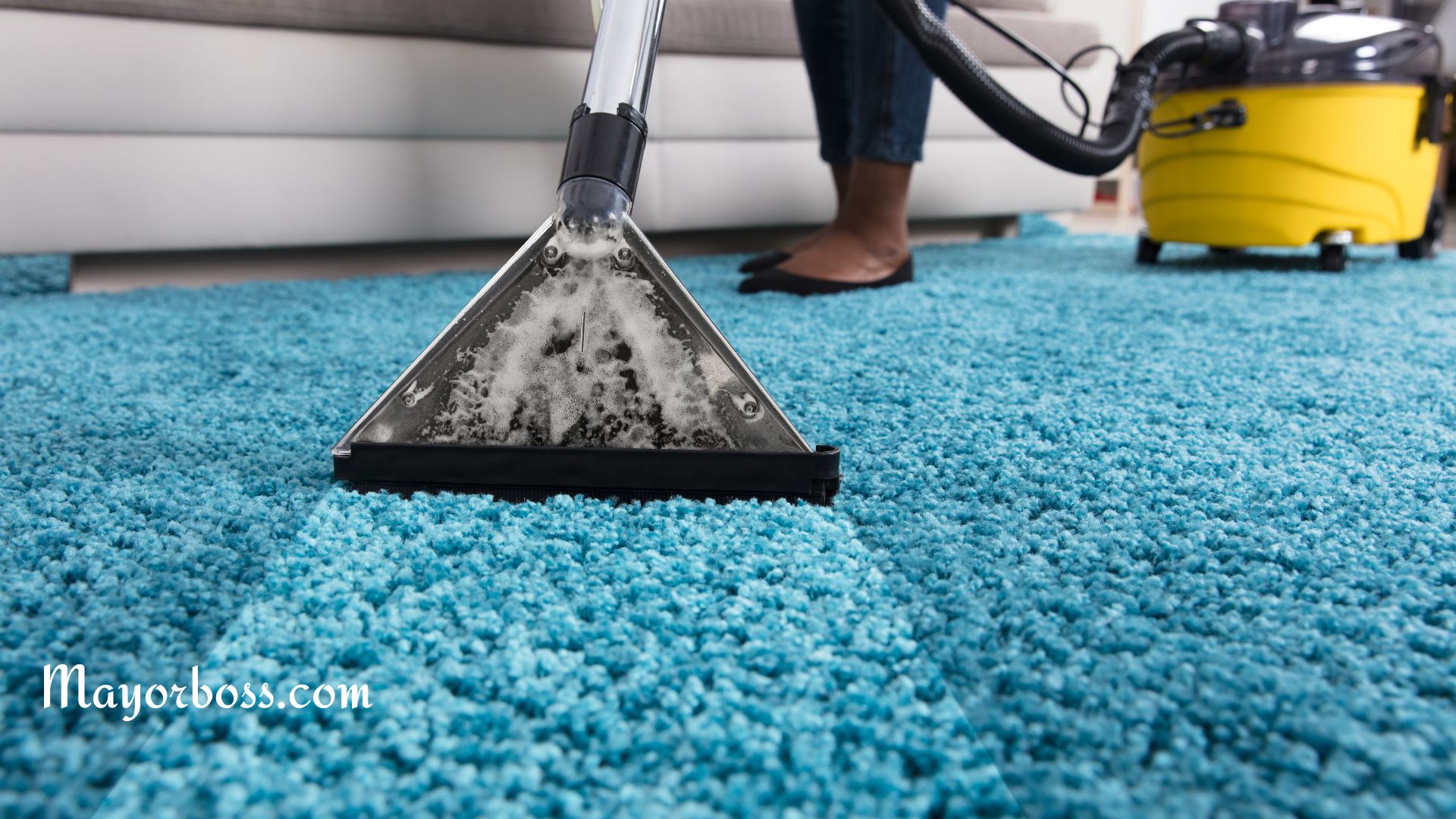Here’s What Happens If You Stop Wearing Socks With Shoes
Have you ever contemplated what would happen if you stopped wearing socks with shoes? This might seem like a minor change in your daily routine, but it can have surprising and significant implications for your health. While some might argue that going sockless offers a certain fashion appeal or increases comfort, the impact on your feet might not be as welcoming.
The Purpose of Wearing Socks
To fully understand the consequences of not wearing socks, you need to appreciate the role that socks play. Socks provide a protective barrier between your feet and your shoes. They cushion your feet, help control sweat, reduce the risk of foot conditions, and even contribute to the longevity of your shoes.
- Cushioning: Socks provide a layer of padding that can prevent friction between your feet and shoes, reducing the chance of blisters and sores.
- Sweat Control: Your feet are one of the body parts that sweat the most. Socks absorb this sweat, reducing the risk of foot odor and fungal infections.
- Protection: By providing a barrier between your feet and your shoes, socks help prevent foot injuries and infections. They can also keep your feet warm in colder weather.
- Shoe Longevity: The sweat absorbed by socks can otherwise seep into your shoes, causing them to deteriorate faster.
What Happens When You Stop Wearing Socks
If you’ve decided to go sockless, you might notice several changes that affect your comfort, foot health, and even your shoes.
The Risk of Fungal Infections
One of the first problems you might encounter is an increased risk of fungal infections like Athlete’s Foot. This condition, medically known as Tinea Pedis, happens when the fungus finds an ideal environment to thrive, which is often a warm, moist environment like the inside of a sweaty shoe. Symptoms can include itching, burning, redness, and even blisters.
Unpleasant Odor
Sweat itself is odorless, but it creates a perfect breeding ground for bacteria. When these bacteria break down sweat, they produce isovaleric acid, an odor associated with smelly feet. Without socks, sweat goes directly into your shoes, leading to a stronger odor.
Increased Friction
Without the cushioning provided by socks, you could experience more friction between your feet and your shoes. This can lead to uncomfortable blisters and sores, which might become infected if not taken care of properly.
Shoe Deterioration
Not wearing socks can lead to faster shoe deterioration. Sweat and friction can break down the interior of your shoes more quickly, leading to discomfort and the need to replace them more often.
Prevention and Care
If you choose to stop wearing socks with shoes, there are certain precautions you can take to mitigate these risks. Here are some tips:
- Foot Hygiene: Regular washing and drying of feet is crucial. It helps control sweat and reduces the chances of infections.
- Use of Antiperspirants: Just as you would use an antiperspirant for your underarms, using one for your feet can control sweat production.
- Regular Shoe Cleaning: Regularly cleaning the inside of your shoes can help reduce bacteria buildup and bad odors.
- Alternate Shoes: Giving shoes time to dry out and air can significantly decrease the chances of bacteria and fungi growth.
- Consider Special Shoe Liners: These can absorb sweat and reduce friction, providing some of the benefits that socks usually would.
Further Reading: Smelly Shoes? Here’s How to Remove Odor From Your Shoes






